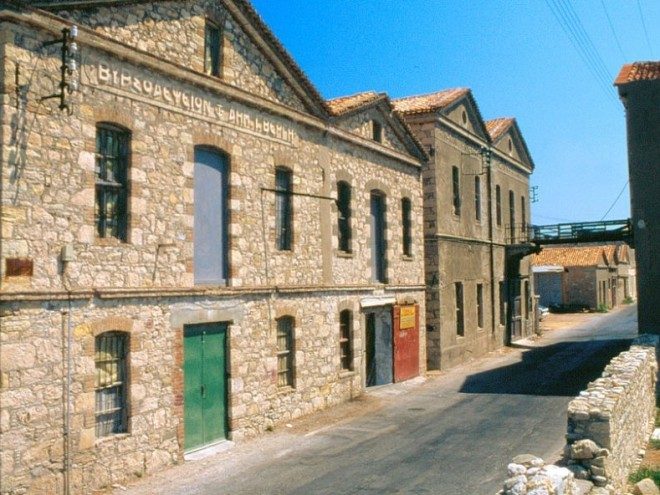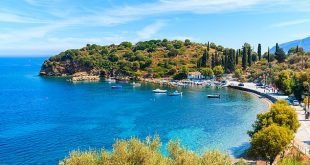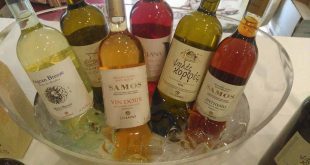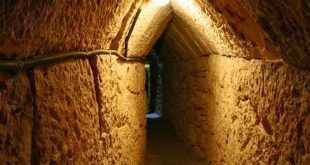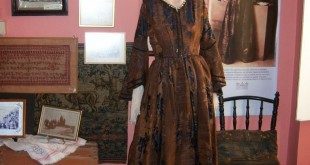Under the auspices of Karlovassi municipality, Mrs. K.Zarkia’s diligence and many others contributors and the technical assistance of Mr. Aristarchus Ioannidis, has been created the Museum of leather tannery in Karlovassi, to honor the workers of a manufacturing sector which was flourishing by the beginning of the century until a few decades ago.
The museum is accommodated in an old stone-builted tannery in Karlovassi and presents tools, instruments, processed skins and a lot of relative exhibits and it impresses the history of tannage in our city.
Historical elements
The industrial growth in the region of Eastern Aegean, where Samos belongs, is owed in a very favorable combination of factors from which other are local and other come from the wider region. The acne of tanneries of Rivas in Karlovassi is placed between the years 1880 until 1930 roughly, when functioned roughly 50 enterprises with 300 workers that covered the 25% of domestic production, while the pre – industrial form of branch that they concerned is testified certain decades before.
In 1863 is recorded, in municipal decision relative with the lighting of city, for the first time the word «industry» and in 1868 the tanners are presented and signed jointly organized in order to achieve reduction of taxes.
The first association of tanners “Fraternity of tanners “the Prophet Ilias”” was founded in 1899, aiming at the reciprocal support and the help of poor workers, while in 1908 was founded a clearly working association with the name “Fraternity of Workers in Tanneries “Saint Panteleimon”.
The processed skins are exported in markets of Asia Minor, Egypt, Middle East but also Greece, while crude skins are imported by the same regions but also by distant countries of Asia and South America.
The reduction or exemption by customs duties that had ensured the hegemony rendered the samian skins particularly competitive in the markets. For the facilitation of transport of skins from the factories to the harbor, they manufactured rails where a horse tramway was moving, that functioned from 1905 up to the eves of Second World War.
The jump from the domestic pre – industrial manufacture in the industrialization became possible with the contribution of three factors: the mechanization with steam, oil and later electricity, the import of skins from Africa and Southern America and the opening of commercial transactions in the international markets, as well as the application of chemical methods that shortened the stages of treatment and made feasible the big production.
The complete plant tanning that they applied in the tanneries in Karlovassi for the leather-soles manufacture the season of their acne, it dominated internationally as technique.
Certain stages were replaced later with chemical methods and progressively were presented evolved machines of treatment and smartening up while the market required permanently new products. The Karlovassi tanneries could not keep up with the quick rhythm of industrial tanning and the survival in the international markets.
The competition of centers, more specifically afterwards 1950, was unequal and overwhelming for the provincial industries, which little by little extinguished. Today in Karlovassi everyone can see this acne in the ruins of laboratories that testify the existence of roughly 60 enterprises.
A core of 44 buildings is to be found near to the stream and other 12 buildings in the coast, near the Eastern end of city.
 iSamos.gr Η ενημερωτική σελίδα της Σάμου! Εξερευνήστε τη Σάμο, τις παραλίες της, τη φύση της, τις ομορφιές της. Διαβάστε την ιστορία της Σάμου
iSamos.gr Η ενημερωτική σελίδα της Σάμου! Εξερευνήστε τη Σάμο, τις παραλίες της, τη φύση της, τις ομορφιές της. Διαβάστε την ιστορία της Σάμου

